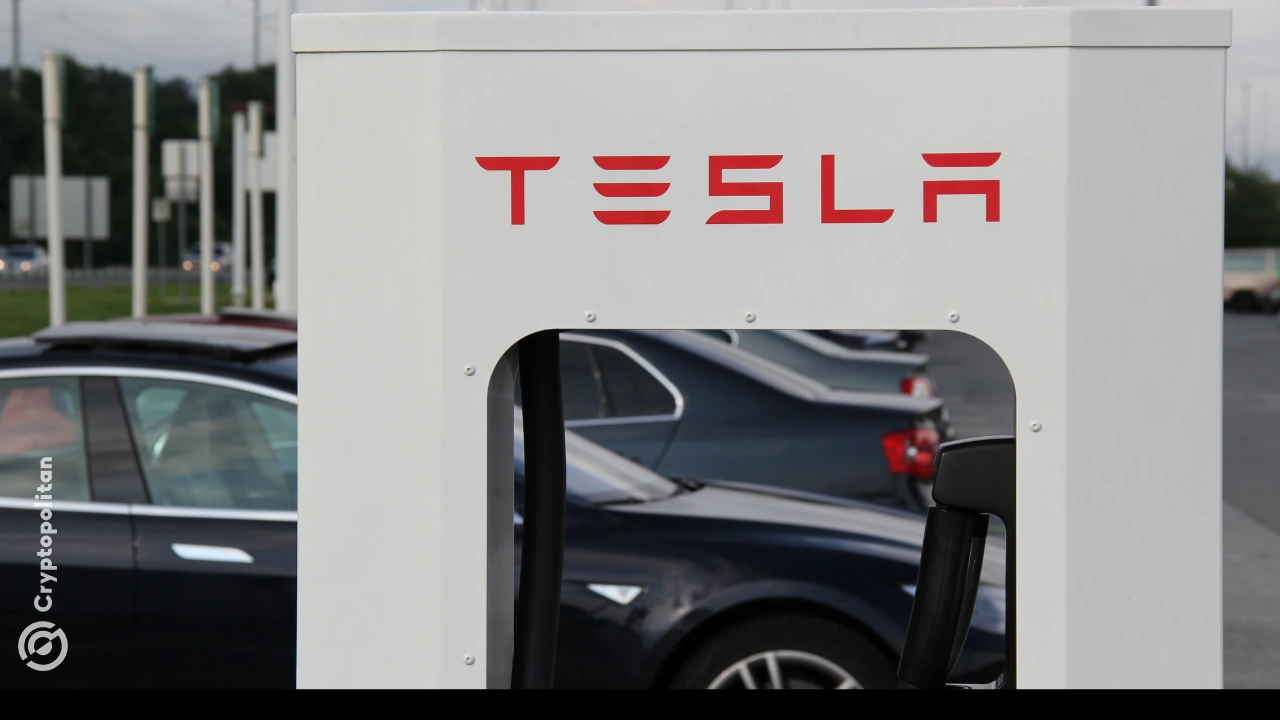Federal auto regulators in the US are now combing through responses from Tesla after demanding answers about how its robotaxi system handles bad weather, according to Reuters.
The National Highway Traffic Safety Administration (NHTSA) confirmed on Friday that it received and is now reviewing a response from Tesla, which had until June 19 to reply to a list of safety questions. This review lands just before the electric carmaker starts testing its paid robotaxi service this weekend in Austin, Texas, with a small group of users.
The rollout isn’t public. It’s not even big. Email screenshots and posts shared online show that Tesla sent private invitations to a few people to ride the robotaxis, starting Sunday.
Each vehicle will have a Tesla employee sitting in the front passenger seat, not just for optics, but likely for safety reasons. NHTSA directly asked the company whether the robotaxis would be monitored in real time by human operators. So far, there’s been no official statement from Tesla on the matter.
NHTSA demands details on robotaxi tech and weather risk
NHTSA has been looking into how Tesla’s Full Self-Driving system performs when visibility on the road is reduced. Since October, the agency has been investigating several crashes involving Tesla vehicles using this system under poor weather conditions, including fog, sun glare, rain, dust, and snow.
The current probe includes 2.4 million cars already on the road. One of those incidents was a fatal crash in 2023, directly tied to FSD mode being active.
In May, federal regulators demanded that Tesla outline not just how many cars would be involved in its robotaxi service, but also when the technology would become available to drivers outside of Tesla’s direct control.
They also wanted a technical breakdown of how the system detects and handles changes in road visibility. The letter included specific questions about what happens when a car encounters weather that affects visibility mid-trip, and what built-in fail-safes would kick in.
In the documents Tesla submitted to NHTSA, CEO Elon Musk said that the trial program in Austin would focus heavily on safety, and that humans would remotely monitor the robotaxis. But there are no official disclosures yet about how often humans have to intervene during real-world tests or how capable the system is of operating without a driver.
The initial launch in Austin is expected to include just ten cars, each geo-fenced to avoid the city’s toughest routes and intersections. If something goes wrong, teleoperators—remote humans ready to take control—are lined up to jump in. Despite the limited scope, the launch is being seen as a real-world test of Tesla’s self-driving platform, years after it was first promised.
Tesla tech lacks L4 certification as Waymo ramps up
While Tesla pushes forward with its camera-only system, it still hasn’t proven that it can reach Level 4 autonomy, where a car drives itself with no human backup. Its main rival, Waymo, has already rolled out about 1,500 driverless vehicles in four US cities.
Unlike Tesla, Waymo uses expensive lidar and radar sensors stacked on top of its vehicles. Their cars are built on a Jaguar I-Pace platform, with each vehicle priced above $70,000, plus tens of thousands more in added hardware.
Tesla, on the other hand, is betting on the Cybercab, which Musk claims will cost under $30,000. That would undercut rivals by a wide margin. The lower price point is possible because Tesla ditched lidar and radar in favor of a vision-only system. But so far, there’s no proof the setup works at high levels of autonomy. The company also hasn’t revealed how often the cars require manual intervention during testing.
Beyond hardware, there’s another big unknown: how Tesla’s Full Self-Driving software will perform across its existing fleet. Musk has pitched the idea that owners could opt in and allow their cars to operate as part-time robotaxis, creating a decentralized fleet without Tesla owning the vehicles.
But it’s still unclear whether older models will even be compatible with the new software. Owners would also be responsible for maintenance, cleaning, and insurance, which could turn into a logistical nightmare.
Waymo has gone in a different direction, setting up its own charging and maintenance hubs to support its robotaxi fleet. While Tesla wants a lightweight, asset-free approach, that could backfire if vehicle upkeep falls on users.
Your crypto news deserves attention – KEY Difference Wire puts you on 250+ top sites
This articles is written by : Nermeen Nabil Khear Abdelmalak
All rights reserved to : USAGOLDMIES . www.usagoldmines.com
You can Enjoy surfing our website categories and read more content in many fields you may like .
Why USAGoldMines ?
USAGoldMines is a comprehensive website offering the latest in financial, crypto, and technical news. With specialized sections for each category, it provides readers with up-to-date market insights, investment trends, and technological advancements, making it a valuable resource for investors and enthusiasts in the fast-paced financial world.
